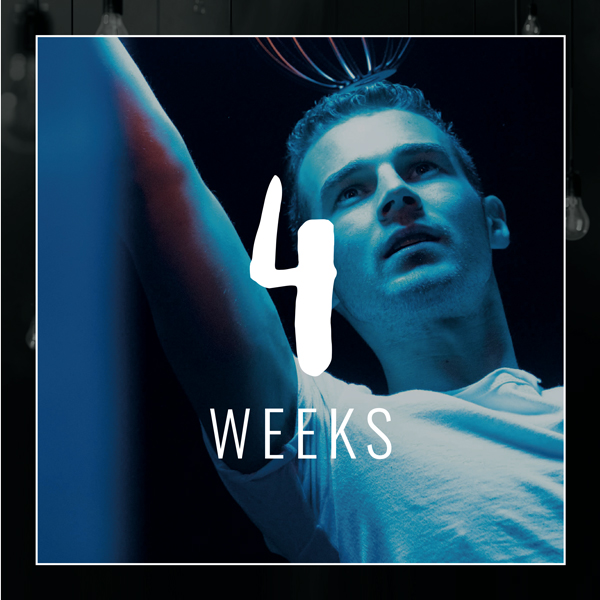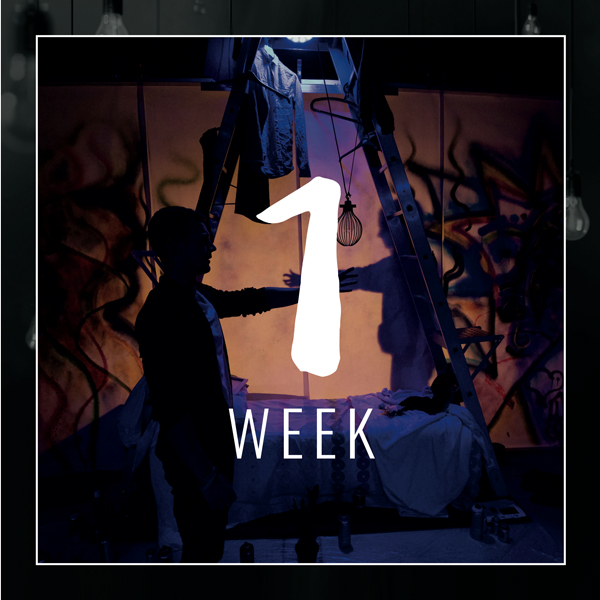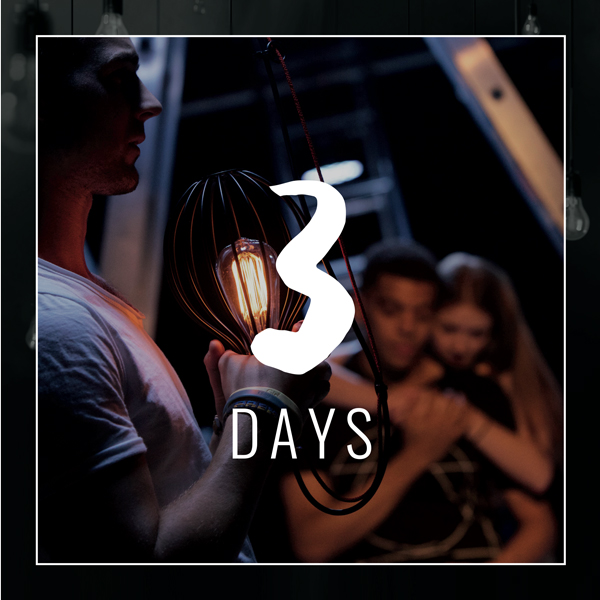Brochures Are Useless – Some thoughts on developing Teenage Audiences
/We’ve have been talking theatre with young people up and down the country and our findings show that a much more proactive approach to getting young people into theatres is needed.
On our recent national tour Gatecrash, we quizzed our audiences (average age 15) on their attitudes and opinions on theatre. We found that 65% of them had never visited their local theatre before seeing the show. Lack of money, transport, school pressures and the ease of online entertainment and social media formed some of the barriers to their engagement.
This isn't a revelation. It's widely acknowledged in the arts sector that there is a worrying lack of engagement from those aged in their mid to late teens. Because of this, theatre programming for teenage audiences is something that a lot of arts venues feel apprehensive about. It can feel uncertain and hard to sell and that makes it scary, particularly when venue budgets are so stretched. Despite this there are a range of companies across the country making really exciting and innovative work for that age range; work that is relevant and accessible whilst also receiving plaudits from critics and young audiences alike. Despite the challenges, this work (including our own) is being booked by brilliant venues up and down the country who are passionate about developing teenage audiences. So, why did we find that the most cited reason (at a whopping 43%) for young people’s non attendance was that theatre is ‘boring or irrelevant?’ The answer, because they simply haven't experienced it yet!
Before we really get going we should just make it clear that this blog isn’t Zest dissing venues or their marketing teams. We know that we simply couldn’t tour our shows without them! This isn’t an 'Us' vs. 'Them' post. But we have spent most of 2016 evaluating the best ways of reaching more young people and our findings show that there is room for improvement for all of us, mainly in how we market shows and develop audiences. We’ve implemented some of this stuff on recent tours and seen the number attending our shows double! It is important that we don’t keep that knowledge to ourselves, we want to share it with the whole sector. So here goes…
Whilst all venues have a web presence, the traditional seasonal brochures still play a major part in theatres advertising. It’s usually the biggest part of their marketing budget and takes up the largest portion of their time to produce. But do brochures bring in the majority of the ticket sales? That's a tough question many of our venues are facing. In the case of young people it is a big NO! You can't just put a show in your brochure and website and hope that a show for young people will just sell. Young people told us that the best way to inform them about our shows is through social media, primarily Facebook. Given that the 2nd biggest turn off for young people was the stigma of what their friends may think about them attending the theatre, it’s unlikely that they are going to walk into an unfamiliar building and pick up a brochure. We all need to be going digital, that seems obvious, doesn’t it? Social media is all about instant interaction, with new platforms springing up weekly and young people swiping, liking and retweeting in seconds. But often marketing teams are spread too thinly or have a lack of knowledge or training to make a consistent impact. A single tweet or Facebook post the week before the show isn’t going to sell out a performance, you need a strategy. We know marketing teams are usually very overstretched, this is why we have tried to do all the hard work for them! We provide venues with a whole range of eye-catching social media resources ranging from videos, Instagram images (see right) and blogs to help get the message out there. We even give venues a 4 week social media marketing plan to show exactly what to do, plus a selection of 20 prewritten tweets that can be copied, pasted and shared straight to your followers!
Neither venues or artists can sit back, open the doors (or the brochure) and wait for the young people to flood in - it simply isn’t going to happen. Unless they have been exposed to the arts they may not even know that they would want to see or if they’d like it. Even venues with thriving youth theatre and participation programmes struggle to transfer those numbers into ticket sales. The reality is, theatres can be intimidating places for young people with false ideas that theatre is something ‘other,’ something not for them. The best and most successful venues are those who make their space a community hub that young people have a sense of ownership over. We believe that arts venues should be the beating heart of their city; a warm and welcoming place for the people. As the arts sector we need to get out there and find out what people really want and need from their local theatre and the work that’s produced. That means going out where the people are. For venues seeking to engage young people, that could be through visiting schools (which make up the bulk of our ticket sales at Zest) and community groups. A school’s ability to take students out to theatre is becoming more limited, so they need to choose the show they see carefully. Companies (such as Zest) that play with traditional theatre boundaries, as well as those with added bonuses, such as educational wraparound activities, will always be a win with teachers and should be what programmers look for if they want a schools’ audience. Often young people who take part in one of our workshops prior to the show feel more comfortable in the venue and watching the show when they have met a member of our team before hand. It helps to put a face to the art and puts them at ease.
But we also need to think outside the box and get innovative. How about sending your coolest members of staff out on to the street to spread the word and ask some questions where young people hang out? Or, better still, empowering a group of young volunteers to do it with you. One thing’s for sure, young people know exactly what they want, if people take the time to ask. One of our venues even set up a mobile Box Office in a local school in the lead up to one of our shows to sell tickets directly to young people on their lunch break! It is also worth thinking about the venue itself, what kind of experience will young people have inside your doors? Are you staff ready for a building full of teenagers? Sometimes just changing the playlist in your foyer can make all the difference to the atmosphere they walk into. How can you find ways of getting them to follow you on social media whilst they are in the venue?
Essentially, getting young people in the door is always going to be harder than attracting seasoned theatregoers. However, the input of those under 25 is vital for the lifeblood of the whole arts sector. Arts venues need to be forward thinking and accessible to all age ranges. By targeting people at a young age, they can help create theatrical habits and opportunities that would otherwise be non-existent. It’s not just about creating a new generation of ticket buyers for tomorrow, it is about giving teenagers access to the very best art as audiences today. Venues and companies need to understand the importance of getting young people in and how to do it. Developing teenage audiences is a long game and a slog, it requires a dedicated team and endless energy, but there’s nothing quite as rewarding as seeing a teenage audience transfixed in an auditorium.










